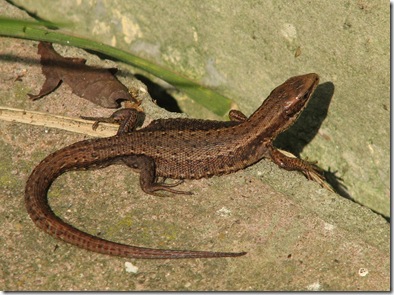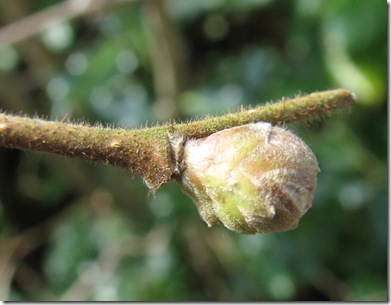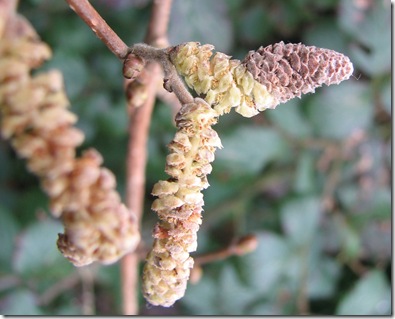Quite unexpectedly, two full grown common lizards (Zootoca vivipara) have appeared just outside our French windows.
We have all been watching them sunning themselves on the steps and disappearing into various cracks in the wall and behind the masonry.
They seem very tame and one of them ventured briefly over the door sill and into the sitting room.
I do wonder where they have come from. The last lizard I saw in our garden was five or six years ago when one used to visit the Square Metre. The new pair must have come some way to their new home and it is good to see them. If male and female, let's hope them have a family.


